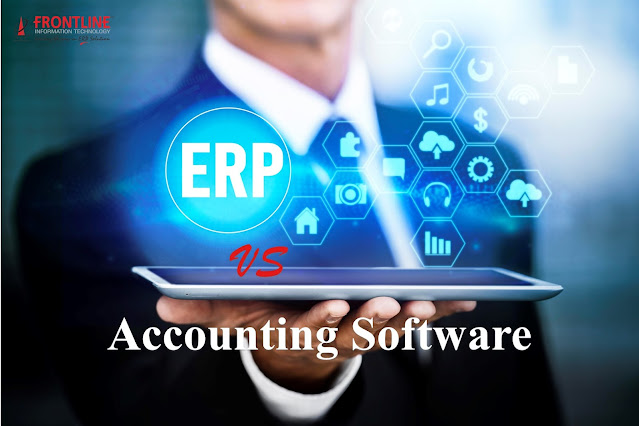ERP Implementation – The Place to Begin
An ERP implementation life cycle refers
to the distinct stages in which an organization carries out an ERP
implementation.
Typically, clients must move through
the following seven stages:
·
Pre-Implementation
·
Project
Planning
·
Product
Education
·
Design
Configuration
·
Development
and Test
·
Go-Live
·
Post-Implementation
The concept of an ERP implementation
life cycle is on the minds of many clients during the start of a year. They
are heading into active ERP projects in the New Year, and considering what it
means to enter into the various phases of an ERP implementation.
The Start of the ERP Implementation Life Cycle is Pre-Implementation
While it’s tempting to gloss over the
preparatory activities that should take place in the “pre-implementation”
phase, clients must take special care in this first phase of ERP implementation
life cycle.
Tasks that are part of
pre-implementation form a solid foundation for the ERP project. Many
companies carefully manage this phase, because success at this early stage
increases the likelihood of success at “go-live.”
Typical best practices take place in
the following areas:
· Vendor
Due Diligence – These are tasks found at the end of the technology
evaluation cycle, involving vendor due diligence, site visits, ERP vendor
customer references and other evaluation activities with the preferred vendor.
This phase is also marked by contract review, negotiation and finalization.
· The
Team and Charter – Other tasks include development of the ERP Project Team
– the key stakeholders who will lead the charge — and the ERP Project Charter —
the ERP team’s concise statement of core goals, objectives and scope. In
essence, a charter serves as the “map” for everything that comes next. Effective
project charter becomes a daily reference point for avoiding any sluggishness
and keeping the ERP team focused on the end-result.
Additional pre-implementation tasks
include:
· Pre-implementation
tasks also include stipulating IT project governance process such as roles and
responsibilities during implementation.
· Preferred
vendors under consideration should provide a detailed Statement of Work (SOW)
for the implementation including services, a proposed timeline, a set budget,
and other project details from the vendor point of view. The SOW should be
developed in tandem with the ERP Project Charter process at the client.
· The
vendors should also provide a list of who is on the vendor team; complete with
profiles of the team members to be sure they fit the manufacturing’s culture,
and offer the appropriate qualifications and certifications for the
implementation.
· Vendors
should provide implementation references of projects that have taken place
within the last year, in a similar industry. This is the time for the client to
reach out to the implementation reference as use them as a critical resource
for “lessons learned.
· Once
ERP selection takes place, at this point ERP vendors usually deliver a detailed
Master Service Agreement – which lays out the terms of the contract. This
agreement must be fully reviewed by the manufacturer’s legal team, IT
leadership, company management and other groups as needed.




Comments
Post a Comment